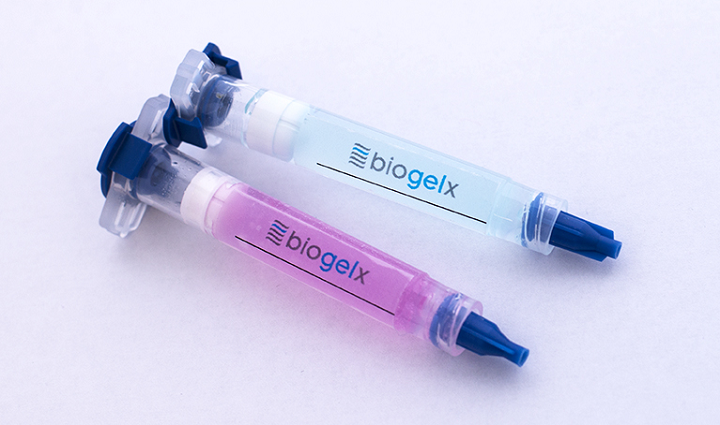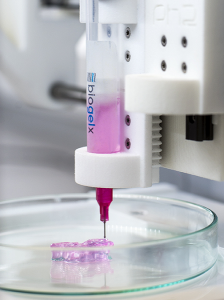For over four years biotech company Cellink has been helping researchers pursue creative ways to promote organ regeneration, test novel drugs, develop vascularized bioconstructs, and more. Through collaborative partnerships and pioneering research, the firm has quickly become a market leader for cell-based applications. Along that road, they have partnered with several startups and multinationals to open up a broader range of possibilities in the field. Their latest partnership with Lonza—a leading suppliers to the pharmaceutical, biotech, and specialty ingredients markets—will provide researchers and scientists with even more options to enhance bioprinting of complex 3D human tissue constructs.
The companies have joined forces to offer a comprehensive 3D bioprinting solution designed to optimize and increase access to complete 3D cell culture workflows. The solution integrates Cellink’s 3D bioprinting instruments and pioneering commercial bioinks with Lonza’s broad selection of human-derived primary cells and supporting culture media.
“Everything we do at CELLINK, from live cell imaging to our innovative bioprinting systems and bioinks, is meant to support our customers with the products and services needed for them to more effectively and efficiently research solutions to some of the most important challenges of our time. Challenges such as cancer therapeutics, regenerative medicine and the testing and development of drugs, to name a few,” said Ginger Lohman, Biodispensing Product Manager at Cellink’s Gothenburg headquarters in Sweden. “When it came time to expand our portfolio into complete 3D cell culture workflows, we knew it was critical that we brought the right partner onboard. We’re confident that Lonza is that partner.”
According to Cellink, cell biologists will now be able to rely on a high-performing product portfolio to successfully execute some of the most demanding work on 3D bioprinting and boost their scientific research. The proposed solution under the partnership combines Cellink’s 3D bioprinting instruments and bioinks with Lonza’s primary cells and culture media, to meet the needs of cell biologists for enhanced bioprinting of complex 3D human tissue constructs.
Since the origins of cell culture more than a century ago, cells have been cultured in two-dimensions; however, 3D cell culture has proven to be a better model for representing in vivo conditions, offering a more accurate and reliable means of predicting and analyzing cell behavior. In fact, it has proven to be a great enabler for scientists to handle cells in vitro while obtaining results that are closer to the in vivo environment without relying on animals, thereby avoiding many ethical issues.
With so many benefits, 3D cell cultures are being widely adopted in numerous laboratories—even more so as researchers look to create increasingly complex 3D constructs and find solutions to structural and material engineering challenges. For years, Swiss-based Lonza has been developing the building blocks needed to create 3D cell culture models, offering an extensive array of human-derived primary cells and culture media, ethically sourced and authenticated thorough quality control testing.
Robust, viable cells are an essential component of any successful cell culture application, and so is 3D bioprinting. A big part of the 3D cell culture workflow involves 3D bioprinting, which is thriving as a powerful technology for engineering complex 3D tissues for in vitro drug discovery research. Cellink is currently providing a wide range of 3D bioprinting systems, like INKREDIBLE, Bio X6 systems, and LumenX, which stems from a collaboration with Volumetric, a startup established by Rice University professor Jordan Miller. Furthermore, since 2016, the company has successfully commercialized the world’s first universal bioink designed to print complex 3D human tissue constructs with any 3D bioprinting system. The biomaterial is useful for scientists as it can be modified with peptides and growth factors to develop a series of customized bioink formulations to meet varying application needs and is used in hundreds of labs around the world.
“Cell biology laboratories are constantly seeking innovative new technologies to enhance their experimental workflows and help deliver on their promise to drive the next research breakthrough,” explained Katrin Hoeck, head of marketing for Cell Analysis and Testing Solutions at Lonza. “Our broad panel of human-derived primary cells is specifically engineered to enable researchers to develop biological in vitro model systems that more closely reflect disease biology. This new collaboration with Cellink will enable our customers to build physiologically relevant 3D models to accelerate target identification/validation, investigation of mechanisms of action and safety testing in drug discovery.”
Under the agreement, Cellink will provide this complete solution through its global sales channels, supported by Lonza’s well-established logistics processes.
This is not the first partnership with the pharma industry for Cellink. The company also recently announced a collaboration with AstraZeneca, the British-Swedish multinational pharmaceutical and biopharmaceutical company, to utilize Cellink’s 3D bioprinting technology for liver organoid culture for drug discovery purposes in cardiovascular, renal and metabolic diseases.
According to Lonza, “The pharma and biomedical research laboratories are constantly seeking innovative new technologies to enhance their experimental workflows and help deliver on their promise to drive the next research breakthrough.” This collaboration could strengthen the processes and end products of research, offering substantial benefits for more predictive cell models and ultimately increasing the usefulness of 3D culturing cells for many applications in major areas of life sciences.”
The post Cellink Teams with Lonza to Advance Bioprinting Cell Cultures appeared first on 3DPrint.com | The Voice of 3D Printing / Additive Manufacturing.


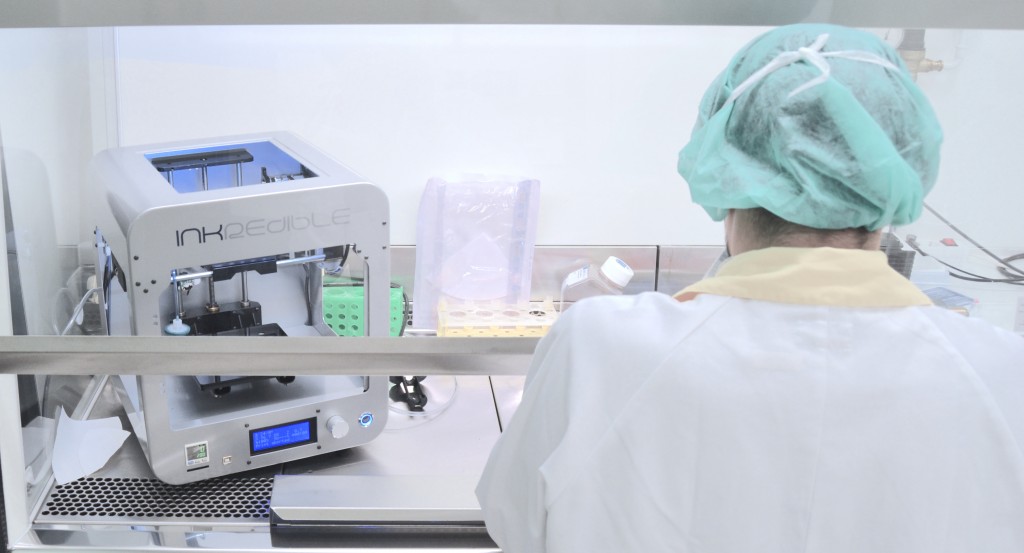


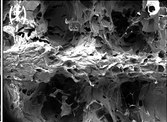

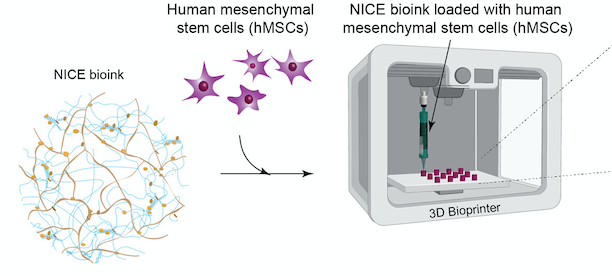
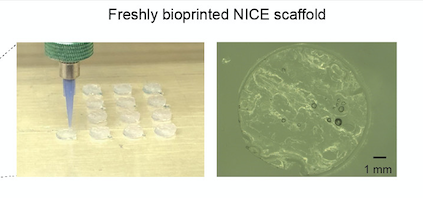

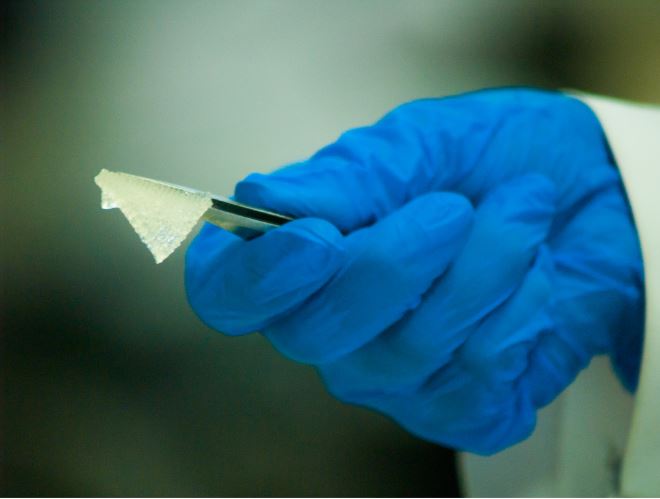

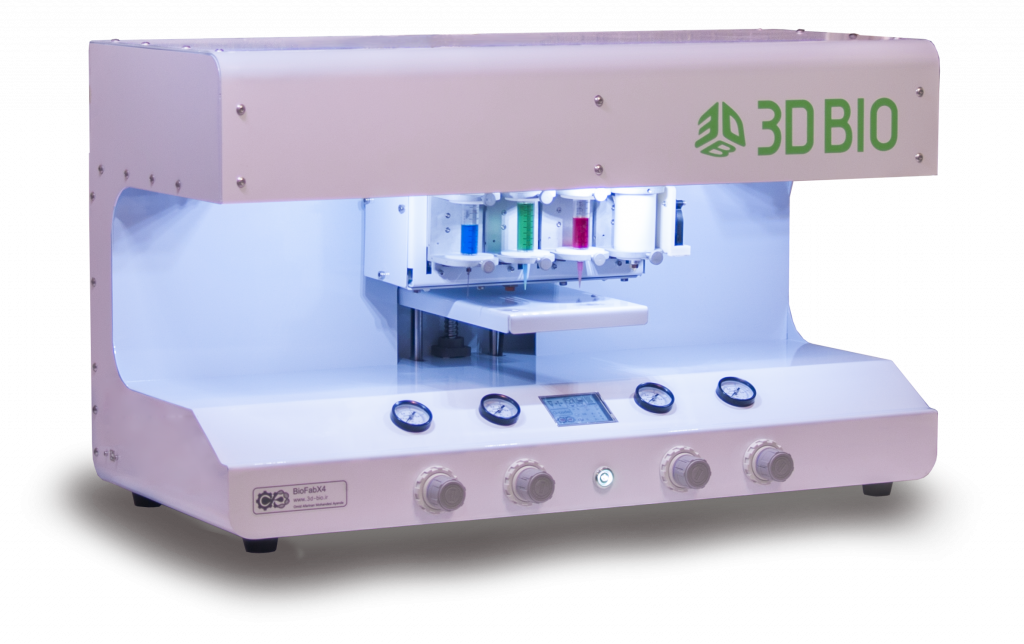
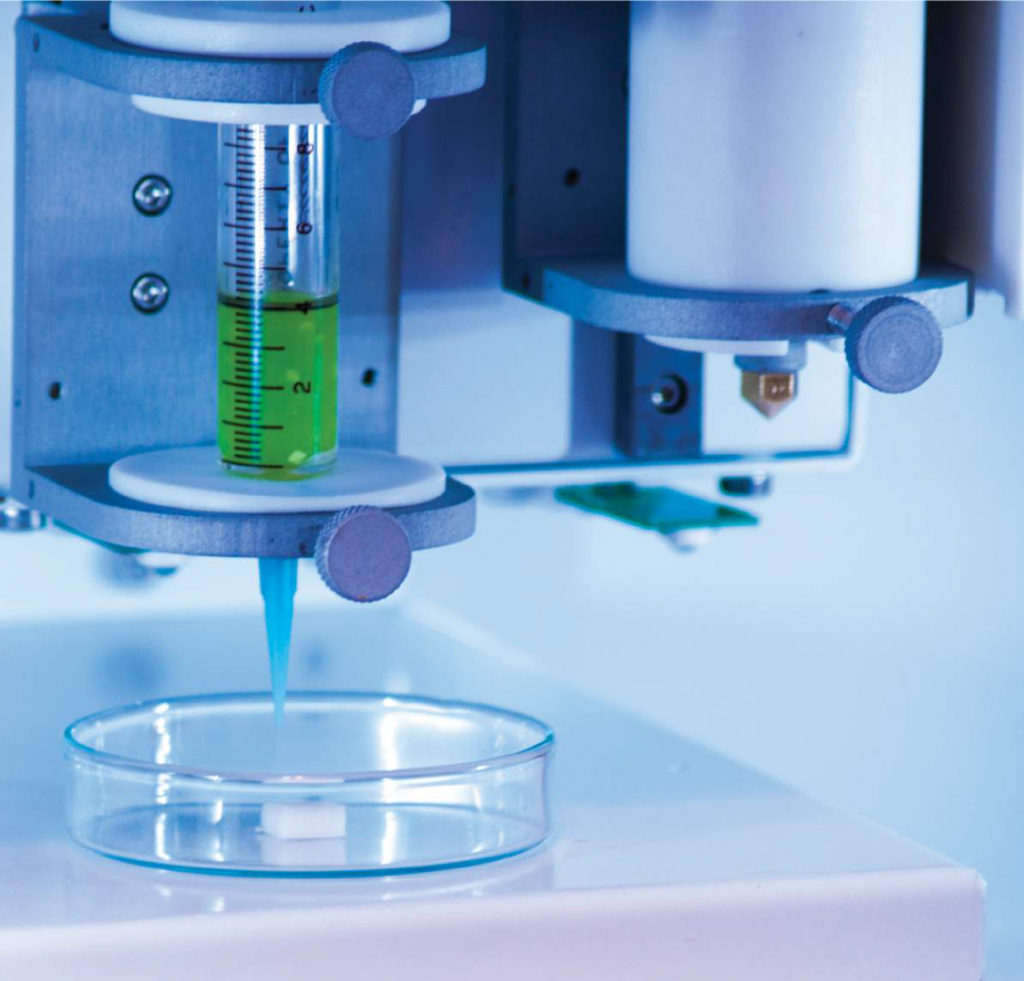
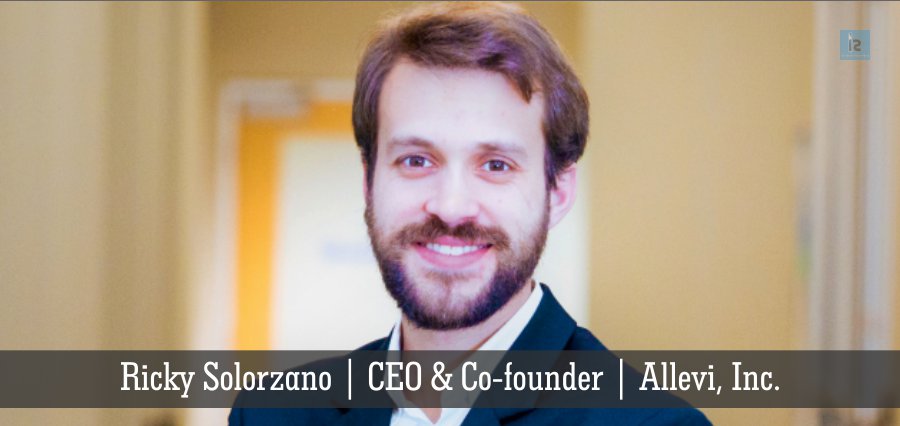
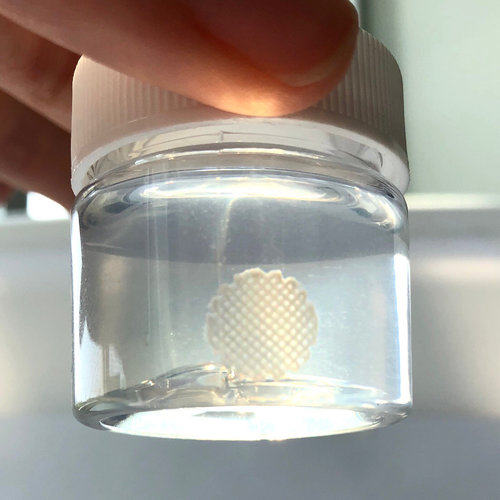

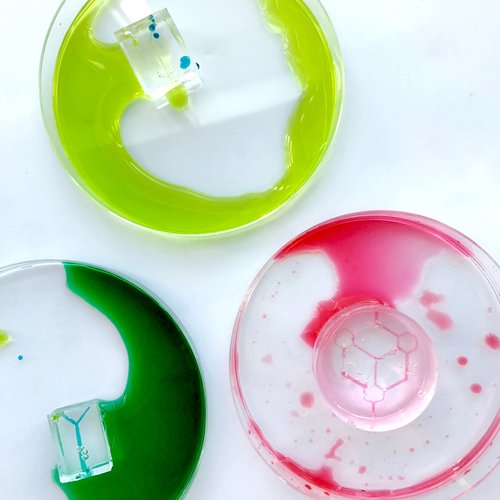
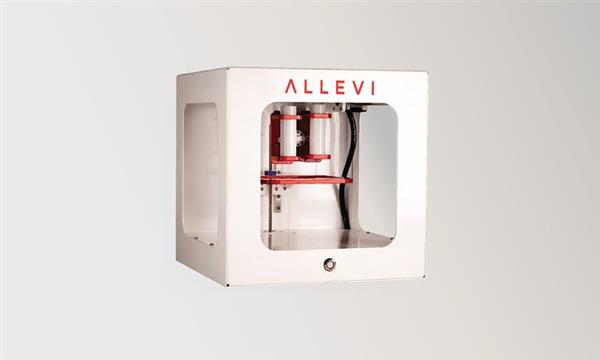

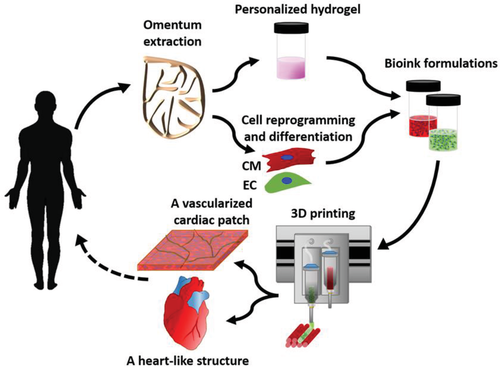
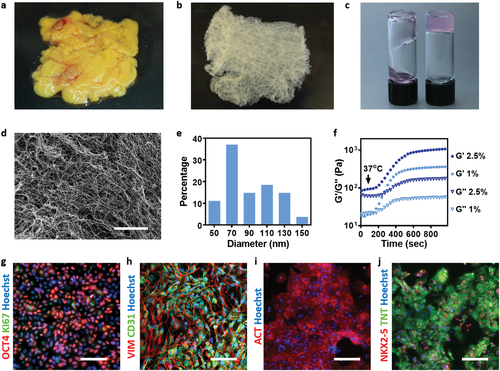




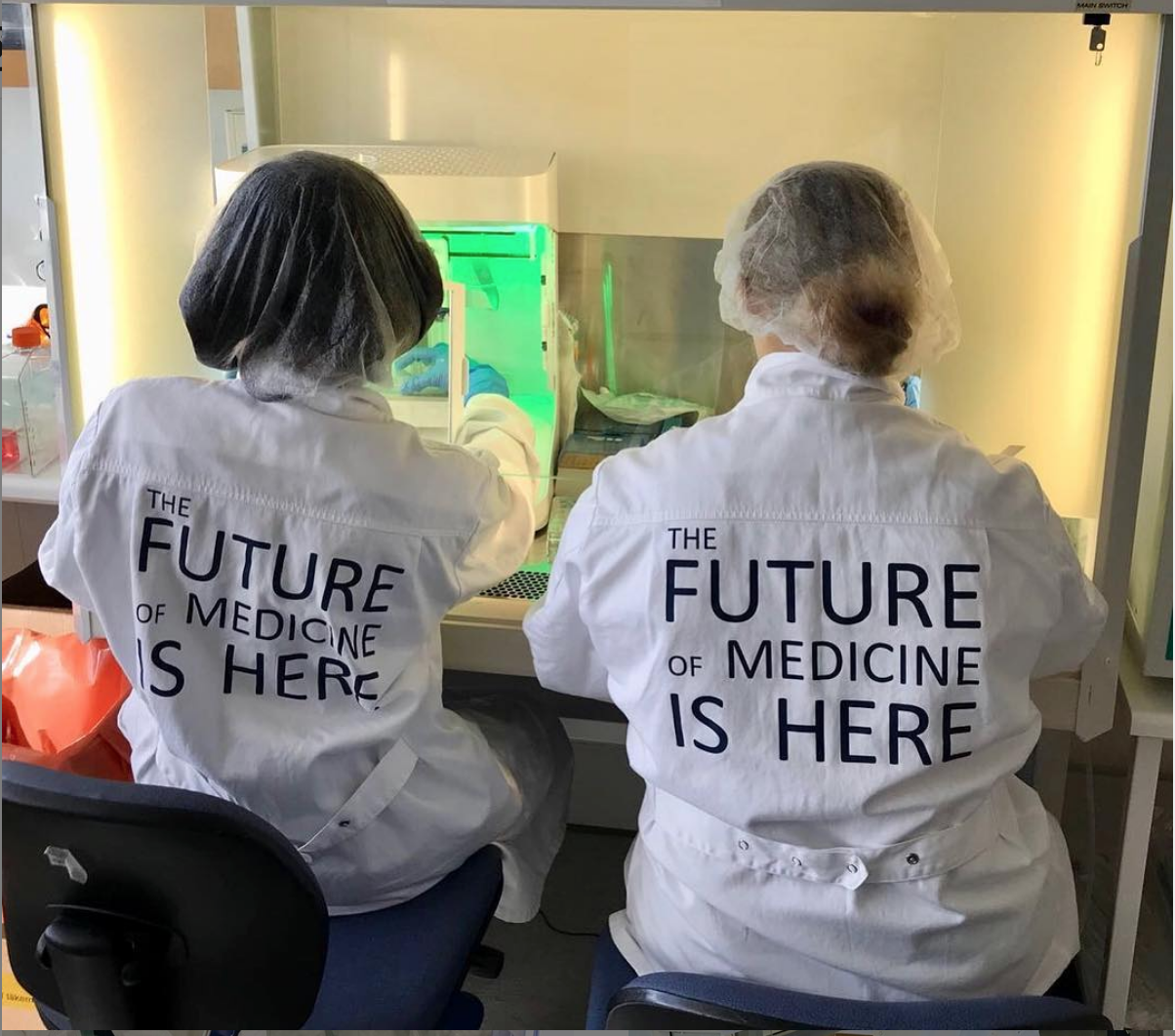
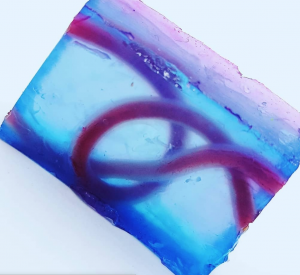
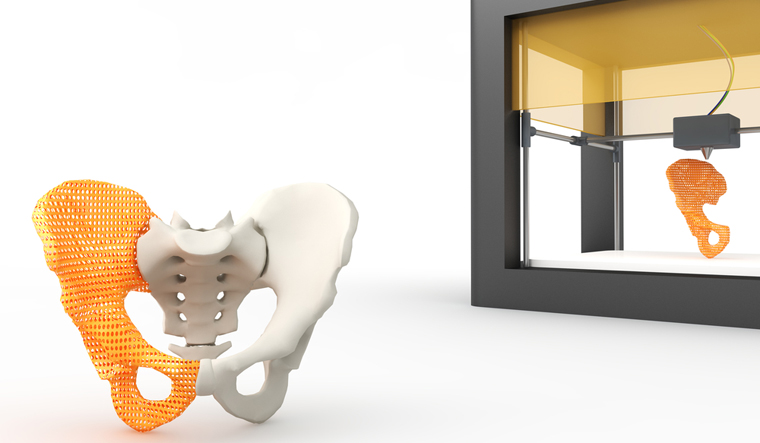

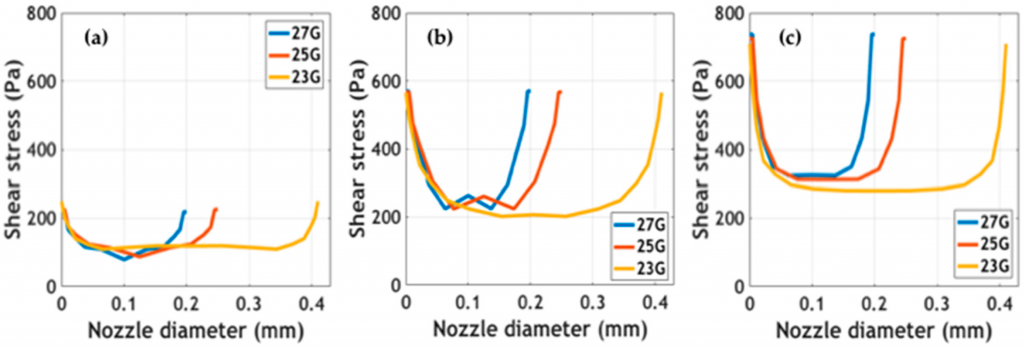
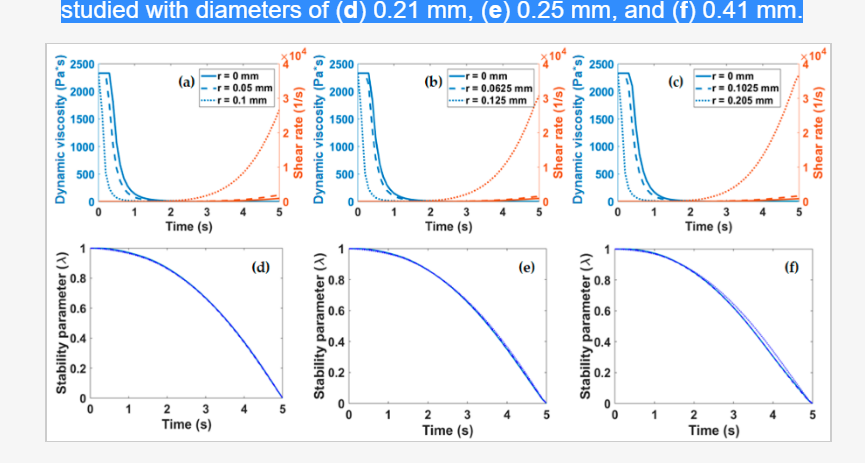
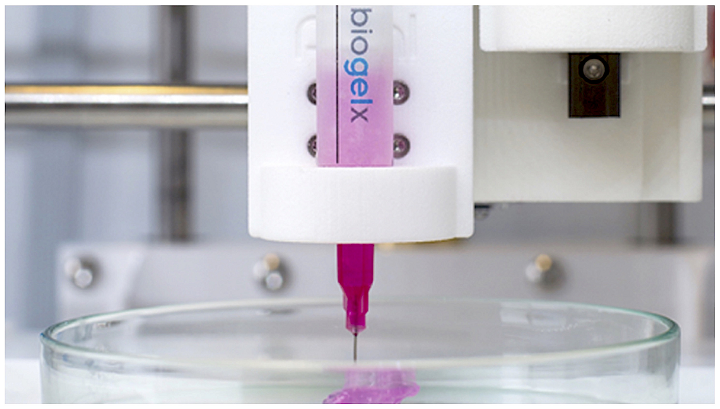

 -INKs,”
-INKs,” 